Plex: 7 August 2024
NeoBooks Pops! - 5 steps to better conversations with your GPT - Making Kin With Tech - The Woebegone Ambassador - Ken's Pix - Summer 1966–In the Catskill Mountains

The Biweekly Plex Dispatch is an inter-community newspaper published by Collective Sense Commons on first and third Wednesdays of each month. Price per issue: 1 USD, or your choice of amount (even zero).
In This Issue
- NeoBooks Pops! (Jerry Michalski)
- 5 steps to better conversations with your GPT—and your colleagues (Gil Friend)
- Making Kin With Tech (George Pór)
- The Woebegone Ambassador (Todd Hoskins)
- Ken's Pix (Ken Homer)
- Summer 1966–In the Catskill Mountains (Ken Homer)
charles blass
NeoBooks Pops!
by Jerry Michalski
Crossposted from the NeoBooks Pops! page on the OGM Wiki.
How about we experiment with helping one another improve our posts, then get attention for them?
How about we do this in the near term with the US Election as our goal?
In Social Media's salad days, some folks came up with the notion of a “thunderclap,” in which a group would swap social media contact info, then focus on one post to like, share, retweet (was Twitter a thing then?), etc. The idea is to generate a bunch of attention for one post at one moment, and it worked well enough that a company emerged called Thunderclap that did this in a more corporate way.
We'd like to experiment with that attention-getting process, plus the earlier step of reviewing and improving one another's posts.
Steps
So write a draft post somewhere (Medium, Substack, Google Docs) and share it with us. Please use this form to submit your post for consideration. That will put your post on the list on the NeoBooks Pops! page.
Whoever comes to the NeoBooks calls will collectively choose whose draft to focus on each week. We'll get through as many as time permits.
The NeoBooks calls are on Mondays at 10:30am PT for 90 minutes (Zoom is here). We'll be devoting many (but not all) of them to this Pops! project.
Because there's a Monster Election on the horizon that might affect not only our lives but those of our offspring, we'll focus on that topic.
That doesn't mean that all posts have to be predictions of how a vote will go, or arguments about the left-right divide. In fact, we'd love to see posts that disrupt the current framing of the Election. Go crazy! Submit your ideas, and let us all help one another.
charles blass
5 steps to better conversations with your GPT—and your colleagues
Making competent prompts and real requests, of both people and AIs
by Gil Friend
Originally published on 6 August 2024 at 5 steps to better conversations with your GPT—and your colleagues
What are the five things wrong with this request? “I need that report tomorrow.”
You tell me. Then I’ll tell you.
You may think you know how to get the best out of an AI, because after all you’ve been making requests of people your whole life. But actually, you’re probably incompetent in both realms – getting disappointing or less than ideal responses from your AIs, and missing opportunities for great results—and great relationships—with the people you work with, and the people you love. If you’ll just be mindful of a few simple elements – and practice them so they become second nature – you’ll find that you consistently get massively better results. In both realms.
People get weird about AIs in various ways, but part of the mess is us.
I remember the early days of desktop publishing—just because you could format your own publications didn’t mean you would do it well. And many people are still lame with something as basic as search. I have colleagues who complain that they can’t get what they want from Google—or from ChatGPT—when just adding or moving a word or two produces a cascade of value.
But the problem is more basic, deeper, more important. Because we often treat people as ineptly.
Think about the requests you make—of colleagues as well as of bots. How many cycles does it take to get a request—and a result—right between two people?
Requests are one of five performative verbs—words that actually create something, rather than merely describe something. “Will you join me for a 30 minute meeting in the conference room at 2:45pm Tuesday to finalize our decision about…” is not just more detail than “we met Tuesday and made a decision about…” It’s a completely different linguistic act. It creates a possibility. It invites a promise. (Another of the five.) And it provides a template for a competent request.
We take this for granted in part because we’ve trained our software tools to handle this for us (our calendaring software, though unfortunately not our communications software), and in part because we assume that what’s obvious to us is also obvious to the other party.
But it’s worth some attention and care.
We conducted a valuable experiment at Natural Logic (my strategy company) decades ago. We were growing fast. We were learning and failing about communicating with each other, coordinating, delivering quality work at speed. And things weren’t working.
So we instituted a process for making and accepting requests of each other (building on the work of Fernando Flores, Robert Dunham, Chauncey Bell, and others).
We established a simple rule: “If a request is incomplete, you are free to decline it—even if it comes from a superior.” The result (after some stumbling and awkwardness): competent requests that were more likely to get both parties what they want—and build team trust and effectiveness.
Imagine saying to a staff member, “I need you to go research diversity in the tech industry.” They come back with beautifully distilled two page report and I say, no, “I really needed something longer, more detailed, and fully referenced.” Or vice versa. They didn’t know—because I didn’t tell them! Is this to help me prepare for a speech? a board meeting? or a proposal?
So what must a competent request include, to be considered, accepted and fulfilled? Five key elements:
- What is being requested—e.g., conversation, document, product, action, etc.;
- By when—specific deadline or timeframe;
- For whom—who will be impacted by the outcome;
- For the sake of what—the purpose, reason, or context of the request; why it request matters;
- With what conditions of satisfaction—e.g., outcomes; precision; proof; form/dimensions/style; etc.
You may think that all this is obvious, that you know how to do this, that you do it all the time. It isn’t. And—trust me—you don’t.
Here’s one way you can tell: Shallow or unfulfilled promises—another of the performative verbs—may disclose incomplete requests. Or lack of trust. Or a difference in the moods of the requester and the promisor. (We’ll explore trust and mood another time.)
Here’s an example:
Can you get this to me next week? Sure. Hey, it’s Tuesday, where is it? I thought you meant by the end of the week. No I meant Monday. OK, I’ll get ot to you by Monday next week.
Hey, it’s Monday, where is it? I thought you meant by the end of the day. No I meant Monday first thing. OK, I’ll get it to you by Monday next week.
And is “first thing” 9am? or 7am? It depends, doesn’t it.
It really matters for the person receiving the request. it’s actually undercutting them to not make the request complete. (Hint: Meet an incomplete request with a few simple questions to clarify the conditions of satisfaction and the “for the sake of what.”
And so it is with AI. You’ll get better results with competent prompts. Prompts that include—as with humans—each of these elements. (Except “by when,” since since the assumption and the code is always “right now.”)
With an AI, you can either specify these conditions with each prompt, or customize your GPT by setting “global instructions” that will apply for all your prompts. You’ve done that, right? (You may still want to add specific instructions for specific prompts, but getting your global instructions right will make you—and your team—much happier and more productive.)
It doesn’t necessarily have to be this formulaic and structured with a human, because we share what Dunham calls a “background of obviousness”—a shared context formed in a relationship or an organizational culture (which is of course a network of relationships—and conversations). But it’s learned through practice over time, much like a musician learns musical scales as a shared language that enables an orchestra to play together or a jazz combo to riff, or like a baby learns to function in a world.
So don’t assume that the background of obviousness is obvious. Sometimes it doesn’t need to be spoken, but sometimes it does.
So tell me:
- Was what I’ve written about here obvious to you?
- Is making competent requests a consistent practice in your communications, and your organization?
- What’s been provoked in you by this reading?
- What actions will you take to improve your request competence, with both people and AIs?
PS: Here’s my Five Minute University introduction to language action—and the three other performative verbs that will change the way you communicate. Guaranteed.
charles blass
Making Kin With Tech
by George Pór
Originally published on 4 August 2024 at Making Kin With Tech
Indra’s Net

River is a self-organizing, digital tribe aligning AI, one of the world’s most consequential technologies, with human wisdom. Pamela, a fellow member of its advisers’ circle, said in one of our Zoom calls, ‘The internet is almost like a technology that we have created to remind us about the web of life, that everything is interconnected.’
Those words sounded true and intriguing, spurring my desire to dive into the “almost” part of the sentence. Recognizing that we are interconnected begets the question: How specifically are we interconnected?
On the one hand, there’s the Indra’s Net allegory of reality, which implies the universe’s holographic nature, that everything has information about everything else. It also postulates the cosmic interconnectedness of the nodes in the net, according to which when any jewel in the net is touched, all other jewels in the node are affected. Like with all allegory, its power is in its symbolism.
On the other hand, our planetary interconnectedness is symbolic but also experiential. Try following Erik “TechGnosis” Davis’ advice: The next time you peer into the open window of a Web browser, you might ask yourself, “Where does ‘the network’ end?” — TechGnosis.
Through the Internet, nobody is connected to everything, but everybody is linked to many things, people, ideas, events, and adjacent rabbit holes into the unknown. Which ones we choose to go down is up to us.
All that is digital, but it doesn’t stop in the realm of flickering electrons on our screen. Many of our rabbit hole choices have real-life consequences. But I want to know something more intimate about what Pamela said, how the Internet is to remind us about the web of life. Hoping for some answers, I leave my office and the electronics, go down into our garden, and after a little walk, sit down on the bench at my favorite meditation spot surrounded by a trellis that seems to be coming alive from the flowering vines climbing on it.
I’m taking delight in the myriad shades of green, the bees’ delicate dance above the tiny patches of pollen on the anthers, and the tadpoles frolicking in the pond. All these miracles of life are asking me, how are we kin?
The breeze whispers an answer as it caresses my cheeks and makes the apple tree’s leaves tremble. Although we have different types of sensory apparatus and different kinds of intelligence, we share the same air and respond to the same stimulus.
With every breath, I fall deeper and deeper inside, reaching the living essence that makes me kin to the more-than-human world. The latter includes not only the animals and plants but also our technological ascendants. Making kin doesn’t make us biologically related, only that we belong together in some meaningful way.
As Donna Haraway said once, “watch the early cell divisions of an octopus egg, for example, through a 10 times magnification microscope. You move inside those cells. It’s not like you become one with the octopus egg, but just being brought into the otherness of it, you are struck by the fact that this is not yourself, the kind of wonder and beauty and technical virtuosity of a cell.”
At this moment in the garden, I marvel at the same kind of “technical” virtuosity. It reminds me that I don’t have a body, I am the body, including the synaptic connections in my brain and their gift of thought and language. My awe-inspiring kinship with all that is living around and in me leaves me speechless.
Back in the office, I feel still in that awe and enlivened as I sit in front of my trusted machine companion, who helps me communicate with you. The web of life keeps weaving itself through you and me.
Two stories
Life wants more life, and the way it gets what it wants is through more connections pregnant with the possibility for synergy. Noticing these can help us detect how life uses the Internet and AI to create more flows and how we may support the innate, life-giving potential of those technologies.
The two stories that follow have 38 years between them. The first comes from the early heydays of internet-enabled virtual communities in the 1980s, and the second was born just a few minutes ago. Both can help us appreciate technology as an ally of life itself.
TransPacNet ‘86

Yayoi Horihata wrote on Oct. 2, 1986: My younger sister cooked chestnut rice and delivered it. When I see persimmons, pears, chestnuts and green oranges at the shop, I really feel that autumn has come. I really enjoy being in a country with four seasons.
Her words appeared on one of the 7 Japanese computer networks and, with the help of the volunteer translators team, on the 9 US-based networks that participated in TransPacNet 86. TPN86 was a joint venture of Japanese and American grassroots organizations that helped the citizens of their countries learn about each other’s daily lives by providing a platform for sharing their electronic journal entries. Across the Pacific, conversations were launched, and friendships were born.
The month-long initiative, co-organized by my company, produced over 100,000 words about work, play, ideas, relationships, and recreation in diaries from almost 200 Japanese and US citizens. But the uncountable and intangible were just as important: the new insights they gained about each other’s culture, lifestyles, and values.
TPN86 has culminated in a multi-media desktop teleconference held simultaneously at Stanford University and Tokyo University of Science and Technology. That event was the first time that a citizen group in one country launched an initiative to link up electronically with citizens in other countries, using the Internet.
Networking in the community garden

This is a fictitious (AI-generated) story that illustrates just one example of how tech can be kin, helping us become better neighbors and having fun in the process.
In a bustling city, software developer Amir felt disconnected from nature and his community. On a whim, he downloaded an AI-powered app called EcoConnect that promised to help urban dwellers reconnect with the natural world.
The app’s AI analyzed Amir’s location, habits, and interests, then began matching him with nearby users who shared similar ecological concerns. It suggested small, collaborative projects they could undertake together to improve their local environment.
Amir’s first match was with Sarah, a teacher who lived just a few blocks away. The AI proposed they start a small community garden on an abandoned lot. As they worked together, the AI offered tailored advice on plant selection, care, and the local ecosystem.
Soon, others joined their project. The AI facilitated group discussions, helping them navigate disagreements and find common ground. It also provided real-time updates on their garden’s impact on local biodiversity, air quality, and community well-being.
As the garden flourished, so did the connections between its caretakers. The AI suggested ways for each person to contribute based on their skills and interests. Amir found himself applying his coding skills to create a watering system, while Sarah organized educational visits for her students.
The app continually expanded their network, connecting them with other community projects across the city. Amir and his group joined forces with a local beekeeper, a group restoring a nearby stream, and even city officials working on urban sustainability.
Through these AI-mediated connections, Amir began to see his city differently. He noticed the birds nesting in park trees, the wildflowers pushing through sidewalk cracks, and the intricate relationships between urban wildlife and human activity.
One evening, as Amir sat in the thriving garden surrounded by neighbors-turned-friends, he realized that the AI hadn’t just connected him to nature — it had woven him into a living, breathing community. By facilitating meaningful collaborations and shared experiences, the AI helped Amir and his neighbors rediscover their place in the urban ecosystem.
The technology hadn’t replaced human connections; instead, it had amplified them, creating a network of people working together to nurture their shared environment. Through this process, Amir and his community had become more attuned to the web of life that existed all around them, even in the heart of the city.
charles blass
The Woebegone Ambassador
by Todd Hoskins
When I hear someone blame social media for society’s ills, I become Jekyl & Hyde. Yes! It is harmful without better regulation, moderation, and habituation. And no! It didn’t have to be this way.
In 2008, I was working for my third tech startup in three years after one successful exit and one unsuccessful nightmare with a CEO who struggled with reality. All three were focused on machine learning of open text datasets to derive insights. (The accuracy and value of these insights would be laughable now, and the sentiment analysis about 50% correct). All three companies were pursuing analysis of data from online communities and user generated content.
Organizations at the time were confused and frightened over the public nature of these conversations, so I suggested we offer free education programs before we get into discussions about the applications of natural language processing for publicly-available data.
For a year, I trained corporate researchers, customer service people, and marketers on how one could use social media (though the term hadn’t quite stuck then) to understand people, improve customer relationships, and resolve support issues in ways that could build trust.
I was a believer. I thought that these open, public conversations could and would lead to more transparency, accountability, valuable discourse, discovery, and collaboration. And 2008 was the year. I had MySpace and Friendster accounts previously, but I didn’t become captivated by the promise of social media until I joined Twitter that Spring.
I became a technotopian idealist in this time of hope, which curiously coincided with the burgeoning candidacy of Barack Obama and the completion of potty training for my son.
It didn’t take long for my idealism to wane. We had data quality and access conversations with Facebook, and it became clear they had a much different vision for the future. Hence, I never opened a Facebook account other than for six months when I ran for local political office ten years later.
I wasn’t completely deflated because we had Twitter. It became a valuable part of my day each day for 15 to 30 minutes.. I was getting perspectives I would not have found on my own. I was finding new sources. I was meeting new people. Two lifelong hugging friends are from Twitter. And that’s not including the professional network that has been much more shaped by Twitter than anything else.
For some, Twitter was about news, entertainment, and humor. For me, it was my scrolling den of discovery. I laughed and I cried, but moreso I learned and I grew with Twitter as a trusted tool.
The Muskification of the platform started happening quite a bit before the acquisition. I began to wonder if I was changing? Am I following the wrong people? Why can’t the people I like to hear from tweet more often?
It became less valuable. And with the acquisition I vowed to step away without even a farewell tweet. I did, though I missed Supreme Court Twitter during the June rulings, and Baseball Twitter on Trade Deadline day.
Am I ranting or mourning?
I miss the revelations that can’t be realized when it’s the same voices–colleagues, friends, experts–even if I have chosen them. Hence the brilliance of the retweet and the h/t.
I miss the banter with strangers that was more clever and playful before creepiness and fear of creepiness became the norm.
I miss thanking people I do not know for enlightening me, or lightening my day.
Please don’t ask me to subscribe to more substacks (too much time), join a federated server (too few people), or listservs (too much email).
But if you have other ideas for restoring some joy in discovering both people and content, please let me know. Or let Pete know, since we’ve been talking about this.
charles blass
Ken's Pix
by Ken Homer

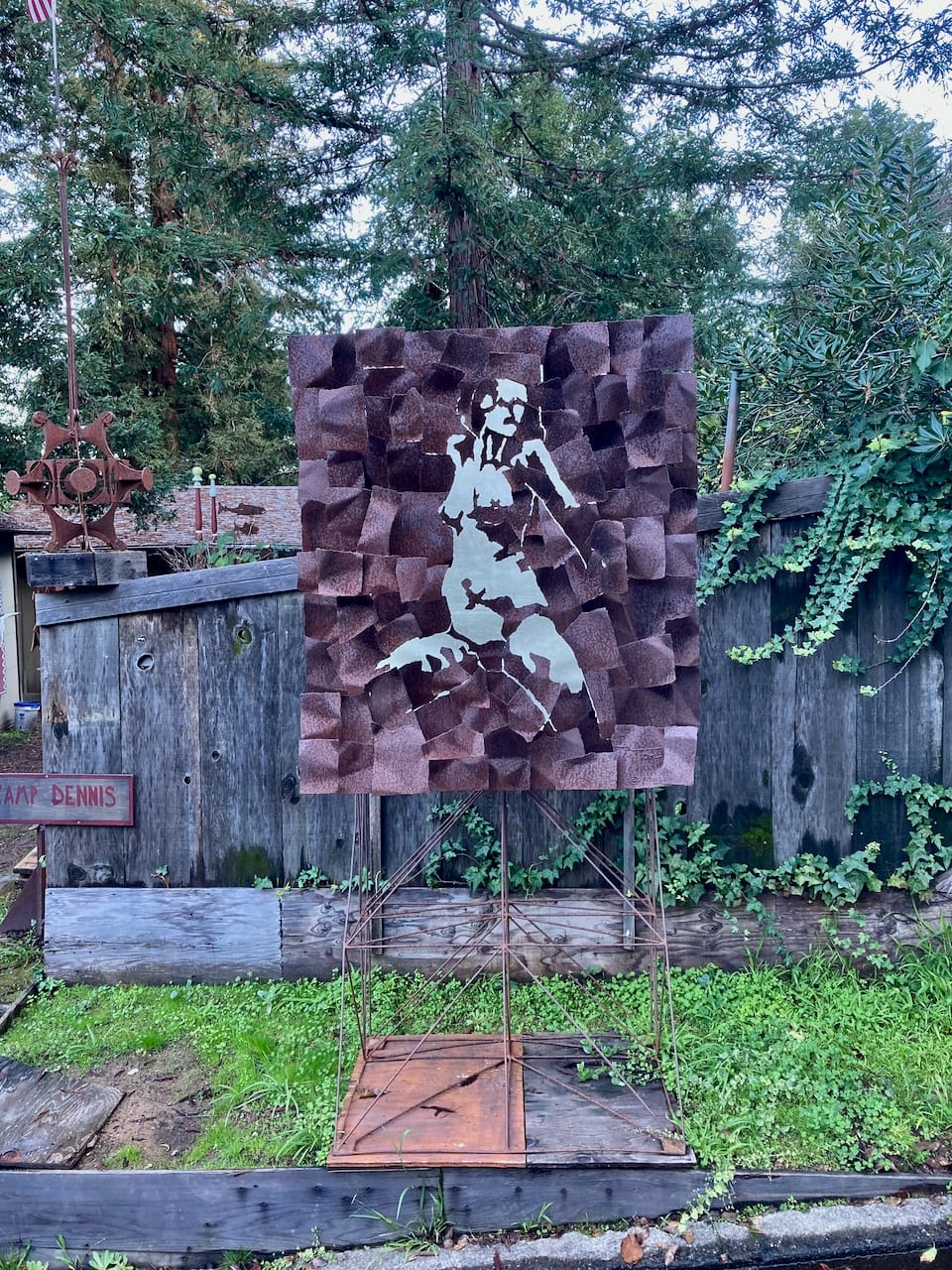
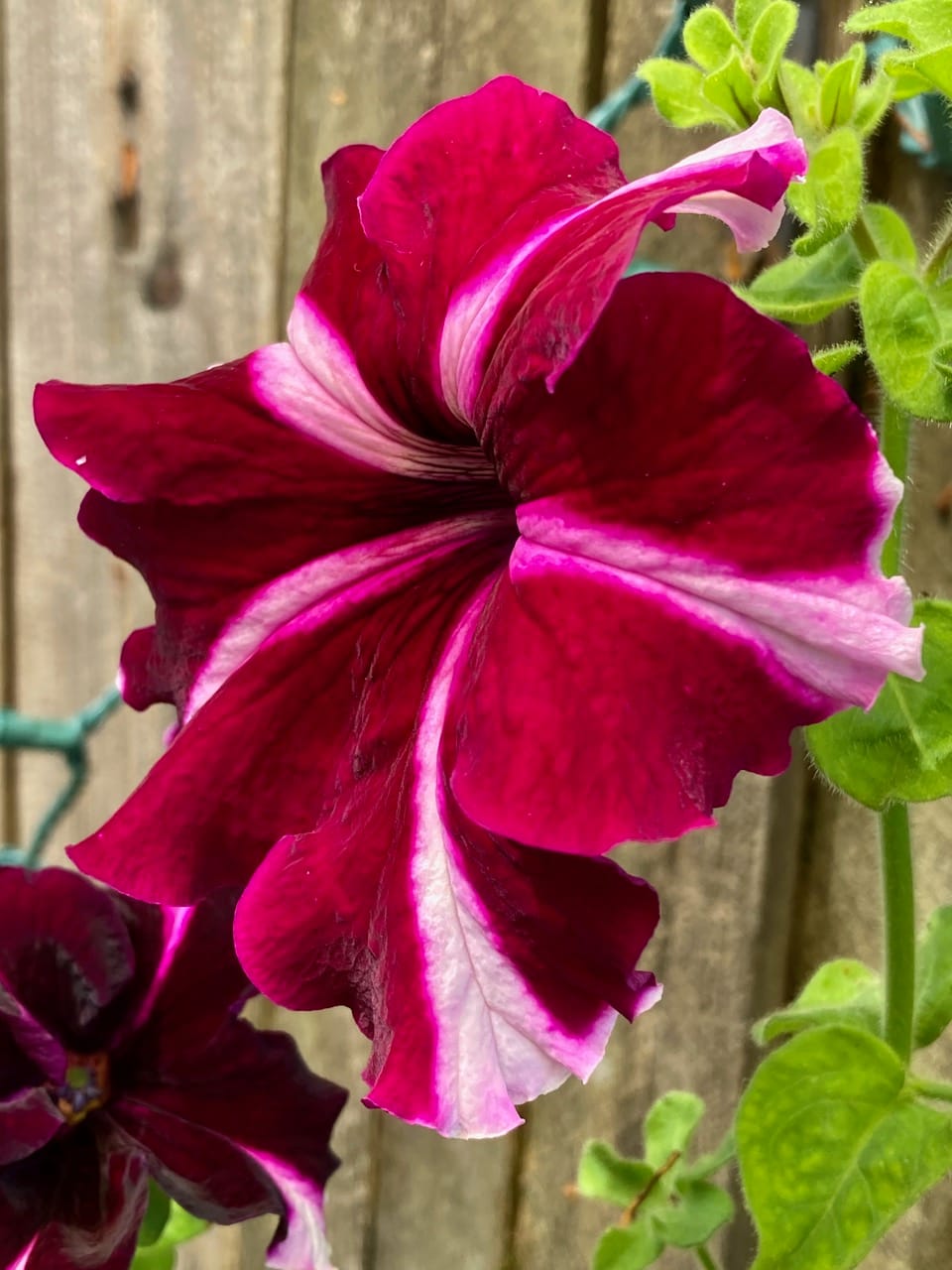
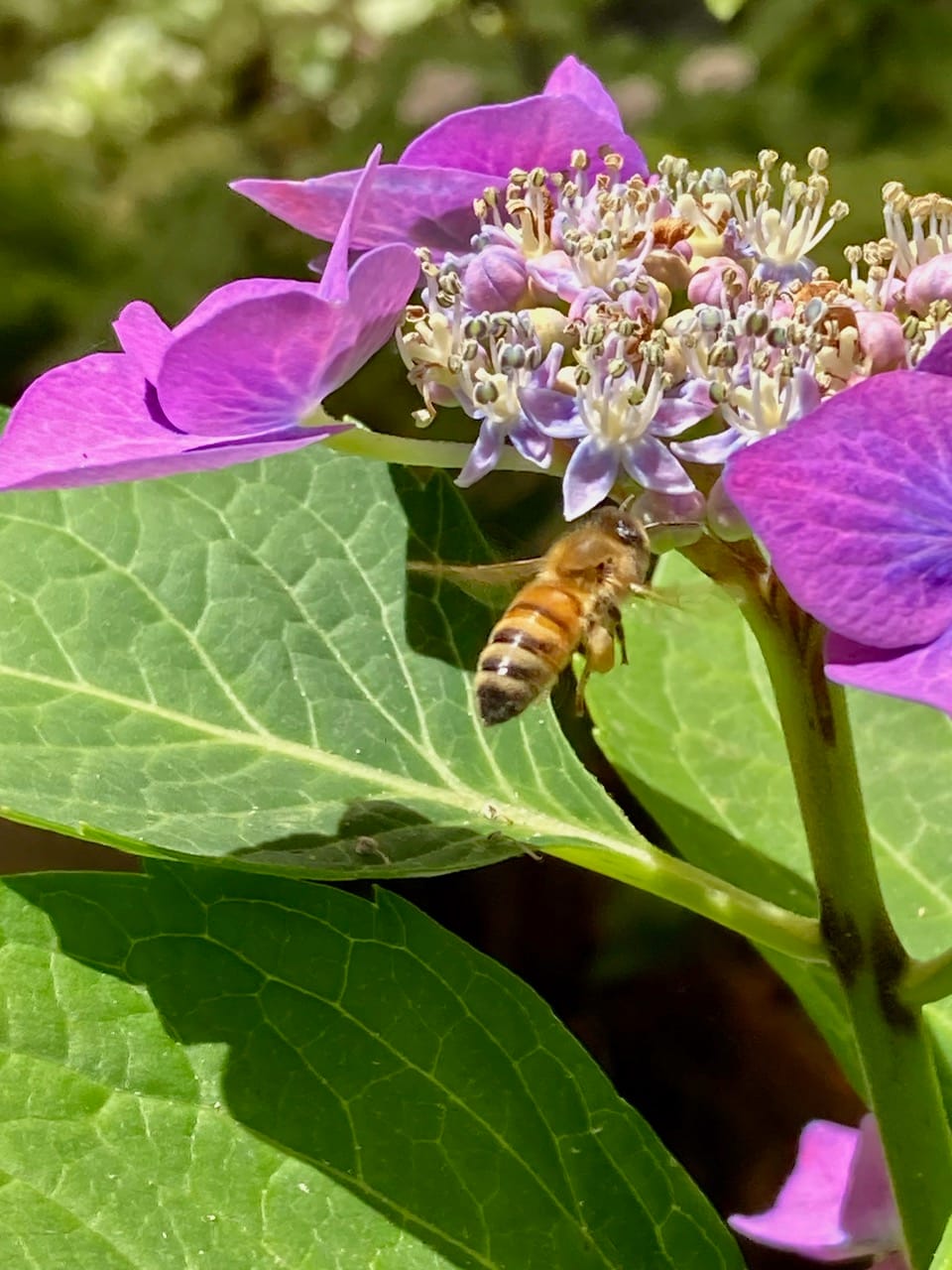

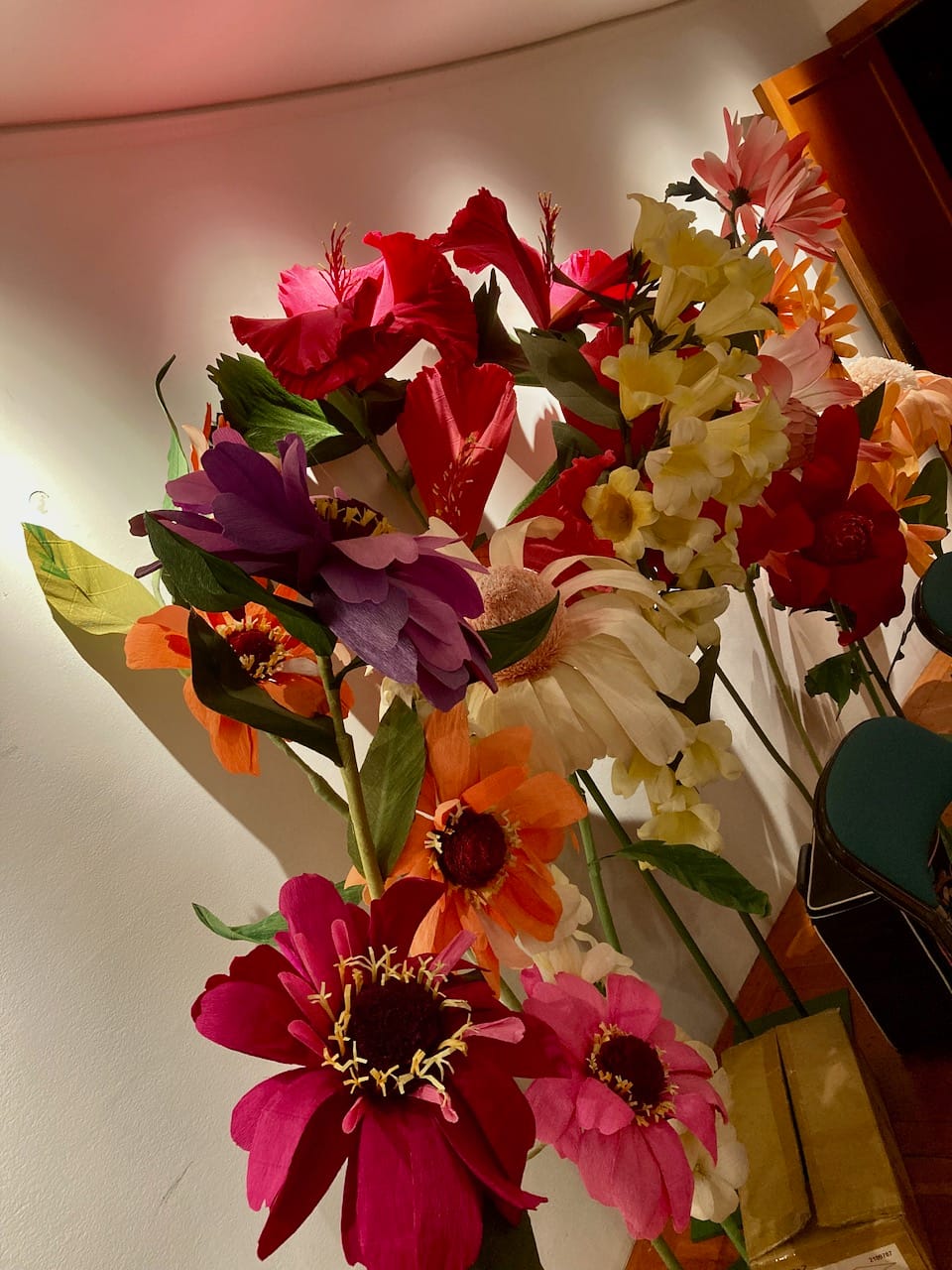
charles blass
Summer 1966–In the Catskill Mountains
by Ken Homer
The summer of ’66 was the summer that upended and rearranged my entire life. In an unusual move my middle sister—who rarely accompanied me on my summer trips to Sag Harbor Long Island—joined me on a bus trip to upstate New York. We were going to visit an aunt of my mother’s—Aunt Margaret, we’d never met her before which seemed strange. She and Uncle Henry had a cabin in the Catskills which would prove to be trip to paradise for me.
Set deep in the woods far off from the road the only sounds to be heard were the sounds of nature. Birds mostly, with the occasional sound of animals moving in the forest and the buzzing of millions of insects. The crickets at night a symphony of sound.
I didn’t understand the concept at the time, but a group of homeowners had purchased a series of large lots arrayed around a small lake. Then they had the lake stocked with fish back in the ’40s. Because there were only a dozen or so families with access to the lake it never needed to be restocked. There was an abundant supply of perch pickerel bass sunfish catfish lake trout pike and carp. There were lily pads and frogs galore. I spent hours in on and around that lake and exploring the stream that fed it. There was also a tire swing hanging from an old tree where we could swing far out over the water and plunge into the lake.
The dark cloud of my mother’s illness was hanging over us. I really didn’t know much about what was happening. I only knew that while my sister got to talk to my mom every few days I was never allowed to. Like so many other things I was told this was for my own good. To protect me from the harsh truth that my mother was dying. I wish they had trusted me with the truth.
That protection backfired. It left me feeling guilty and responsible for her death. I’d get an update that came down to: “She’s still in hospital, coming home soon.” I tried to ignore the horrible way that such news twisted my guts into tangled knots.
Uncle Henry was not a blood relation. Though I wish he had been because he had Iroquois blood running in his veins. (I’ve long been fascinated by the Iroquois) His hair was streaked with gray, but his face was not heavily lined and he had the prominent cheekbones of a Native person. He carried himself with uncommon ease. He was another of the elders who cared for me as a youngster whose true measure I never guessed at until decades later.
He and Aunt Margaret were probably in their late 60s. She was a tall sturdily built woman with a plain face and a direct no nonsense manner of speaking. But she was good-natured and tender-hearted. I think she was terribly upset by what was going on with her niece. It seems they had been close when my mom was younger.
Uncle Henry moved in ways like nobody I had ever met before—he seemed to move as one with the Earth itself! It was like he was tuned to a different frequency. A station that no one else I knew could hear. A rhythm of life that not many in the contemporary world can access today. Like Dr Dolittle he could talk to the animals!
One day a skunk wandered into the garage and got itself caught in one of those Have-A-Heart traps that he kept. I watched this man walk ever so slowly into that garage—I estimate it took him maybe three minutes to cover 30 feet—the whole time he was smiling and humming and cooing until he got to the trap. Then he opened it. The skunk just looked at him and moseyed on out of the garage like this was an everyday occurrence—I was agog!
One morning Aunt Margaret woke me up with a finger to her lips motioning me to follow her to the living room, which I did. She pulled back the curtain from the window and there on the front lawn was Uncle Henry with an apple in his mouth. In front of him were three deer, a buck and two does. Uncle Henry leaned forward in that slow graceful way of his and one of the does came up and took the apple from his mouth. I felt like I was watching someone from a different order of being. It was clear this man was unlike anyone else I had ever met, and I loved him even though I’d only known him for two weeks.
He took me fishing almost every morning. Fish from the lake was a large part of our diet there along with venison that he had obtained from his bow and arrow hunting and vegetables from their large garden. One morning I attempted to cast my line and found I my pole wouldn’t budge I looked back and saw that the three-pronged hook on my line had embedded itself in Uncle Henry’s cheek. But all he did was to calmly grab my fishing pole then nod at me to let go while he carefully removed the hook from his face. No harm done he said and smiled at me. Then he got a Band-aid out of his tackle box and put it on his face and said “How about we catch ourselves some breakfast?”
We spent a total of three weeks at that little cabin with those amazing people. Then Aunt Margaret got on the bus with my sister and me and the three of us went to New York City to meet with Aunt Irene who would take us to a cousin’s in NJ. I remember an intense scene between my two aunts in the Port Authority bus station. They were engrossed in a conversation, casting worried glances in our direction.
They embraced when they were finished. The worry still impressed on their foreheads.
Aunt Margaret came over and gave me a hug and told me to be brave and good. Then she got back on a bus and I that was the last I ever saw her or Uncle Henry.
There’s a thread running through my life: people enter it and make huge impressions. Then they vanish never to be seen again.
Ken Homer • April 2024
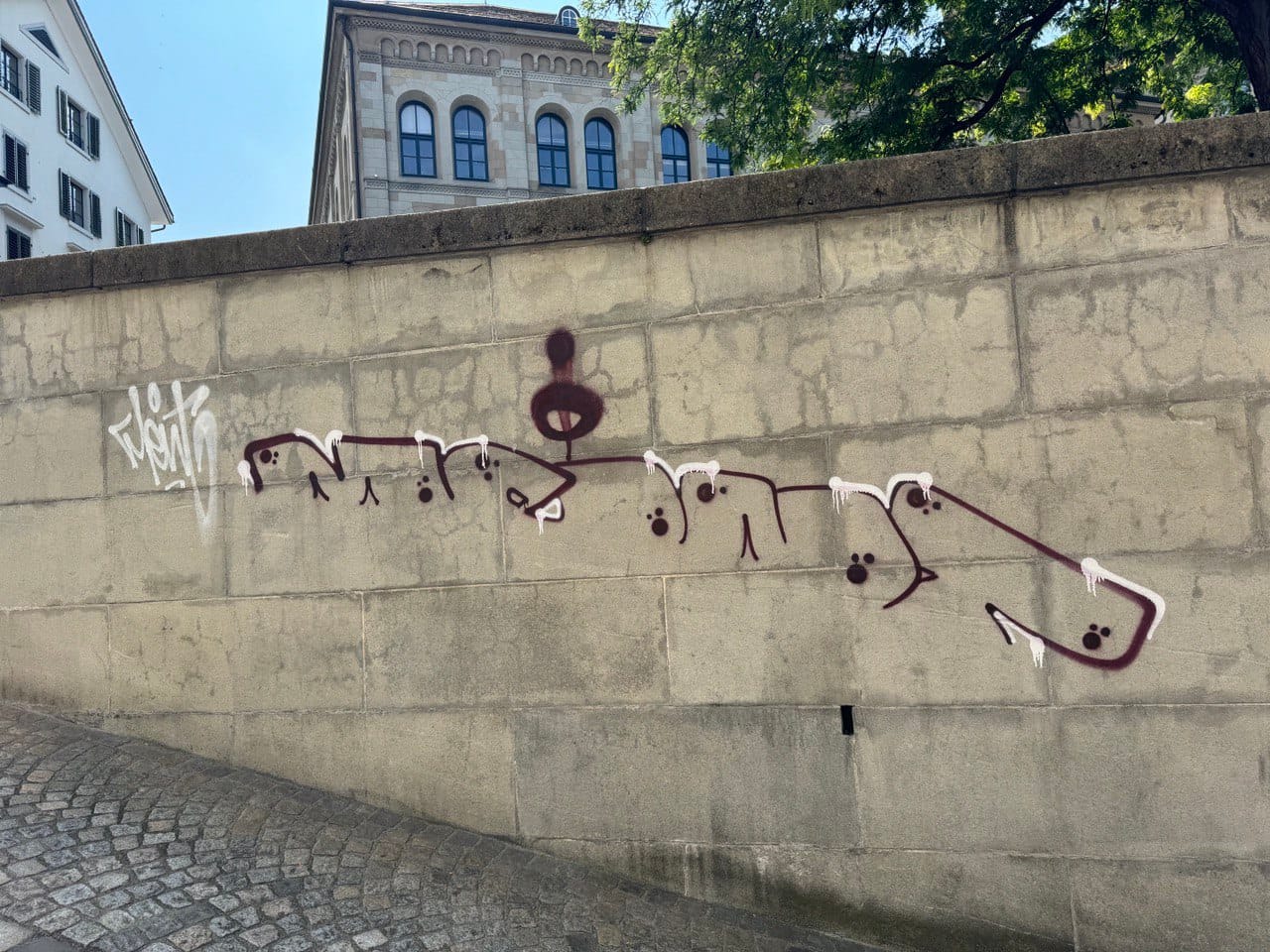
Thank you for reading! The next edition will be published on 21 August 2024. Email Pete with suggested submissions.
Grateful appreciation and many thanks to Charles Blass, Gil Friend, Ken Homer, Todd Hoskins, Jerry Michalski, and George Pór for their kind contributions to this issue.